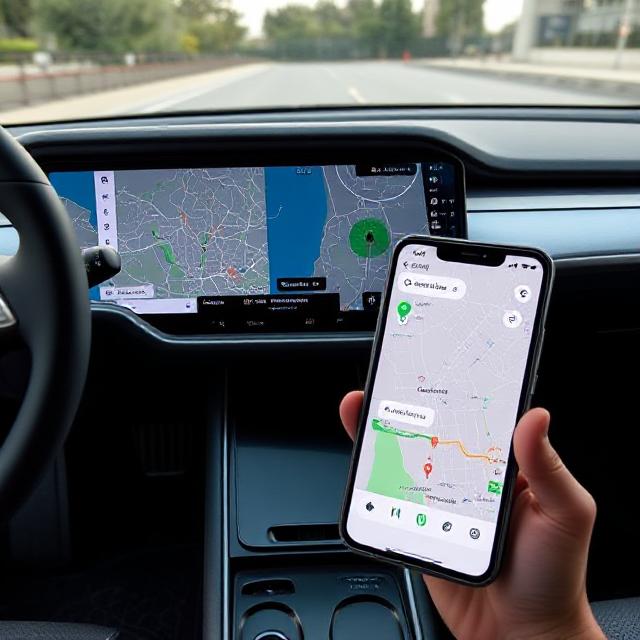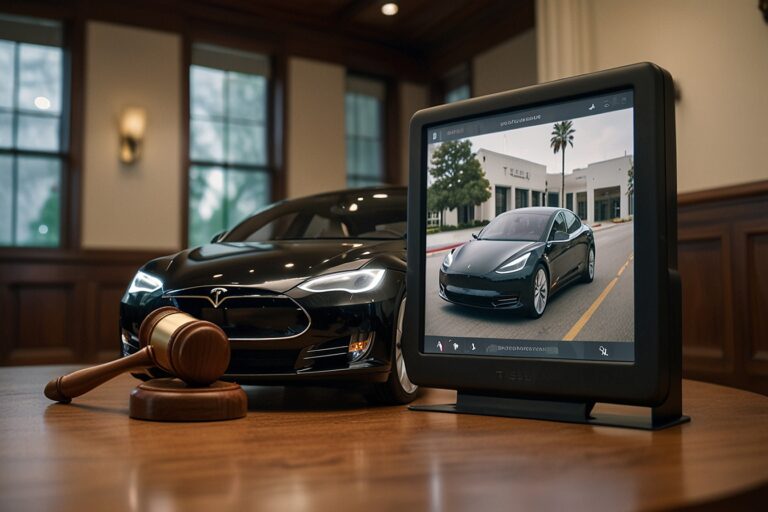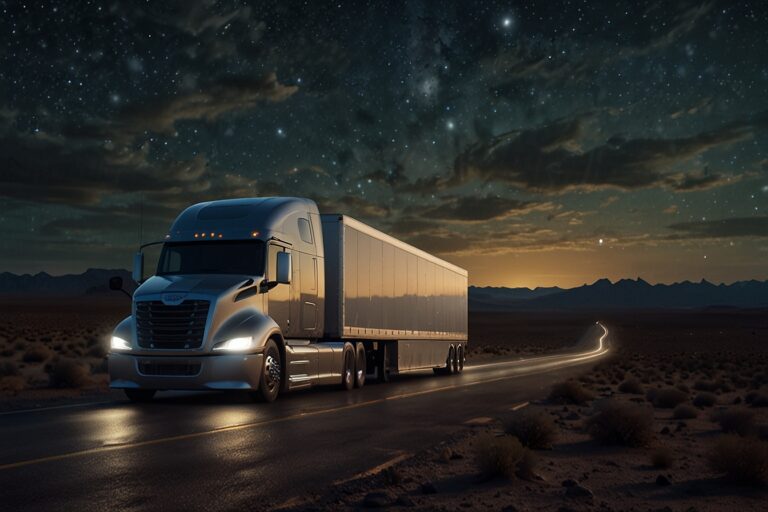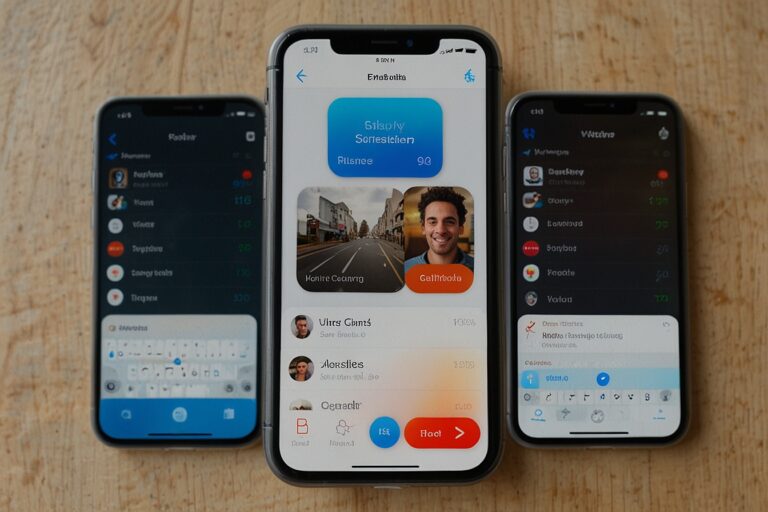
Rivian Integrates Custom Google Maps Into Its EVs and App Experience
TL;DR
- Rivian and Google have co-developed a custom Google Maps integration tailored for Rivian EVs.
- The new maps replace Mapbox with Google Maps infused with Rivian features like charging scores and trip planning.
- This is not Android Auto or Google built-in—it’s a bespoke API-level collaboration.
- The integration enhances both in-vehicle navigation and the Rivian mobile app experience.
- Features include satellite view, traffic incidents, and EV charging optimization powered by A Better Routeplanner.
A New Mapping Experience Tailored for EV Drivers
After 18 months of joint development, Rivian and Google are launching a deeply integrated version of Google Maps that redefines the in-car and mobile navigation experience for electric vehicle (EV) drivers.
This collaboration is distinct from Google’s automotive projects like Android Auto or Google built-in, marking a new level of API-based cooperation. Rivian’s users will now enjoy Google’s core mapping capabilities, seamlessly blended with Rivian-specific EV features.
According to Wassym Bensaid, Rivian’s Chief of Software, the motivation stemmed from customer feedback highlighting dissatisfaction with the legacy Mapbox-based navigation system. Rather than iterate incrementally, Rivian chose to rebuild its navigation experience around a more flexible, collaborative model with Google.
What Makes This Google Maps Different
The new navigation system looks familiar but runs deeper than any standard integration:
- Live traffic, ETA, satellite imagery, and place data from Google Maps
- Trip planning features powered by Rivian and A Better Routeplanner
- Custom tools such as:
- Range on arrival estimates
- EV charging stop preferences
- Charging site scores based on real plug-in data
- Shareable destinations from the app to vehicle
- Range on arrival estimates
This approach gives Rivian users an optimized mapping system for EV-specific scenarios, while maintaining the reliability of Google Maps’ backend infrastructure.
Rivian-Google Integration vs Industry Standards
| Feature Set | Rivian-Google Integration | Android Auto | Apple CarPlay | Google Built-in |
| Native EV Range Support | ✅ Yes | ❌ No | ❌ No | ✅ Limited |
| Charging Scores (Live Data) | ✅ Yes | ❌ No | ❌ No | ❌ No |
| Satellite + Traffic in-App | ✅ Yes | ❌ App-only | ❌ App-only | ✅ Yes |
| Trip Sync to Vehicle | ✅ Yes | ✅ Yes | ✅ Yes | ✅ Yes |
| Deep API-level Integration | ✅ Yes | ❌ No | ❌ No | ✅ Yes |
New Mobile App Features for Trip Planning
Rivian’s mobile app update, rolling out alongside the vehicle software, also receives significant enhancements:
- Place photos and descriptions
- Satellite view for Connect+ subscribers
- Real-time traffic and incident alerts
- Seamless trip sharing from app to EV
These changes help users plan complex EV routes more efficiently, while increasing the convenience of connected vehicle services.
Strategic Impact and What’s Next
This partnership adds to Rivian’s growing strategy of using software differentiation to stand out in a crowded EV market. It also complements its recent $5B joint venture with Volkswagen, aiming to build next-generation EV platforms and intelligent vehicle systems.
As Bensaid emphasized, the company’s long-term strategy is to own the user experience—not just the hardware. A customized Google Maps experience aligns with that goal and reflects a wider shift toward co-designed ecosystems in auto tech.
More Rivian users will receive this update in waves, starting today.






